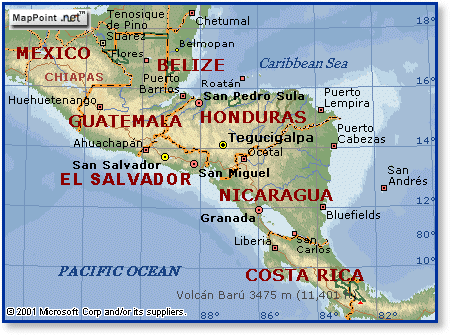 Preface
Preface
It was January of 1971 when we drove away from the farm in Austin, Texas and headed south. For a month we had been gathering supplies and laying them out neatly in one of the farmhouse rooms. I remember a friend coming by one day, seeing our supplies and exclaiming, My God you two really are going to take off! Our biggest purchase had been a chainsaw. We also had acquired a good set of carpentry tools, fencing tools, a couple hundred feet of plastic tubing and anything we could think of that might be useful in building a home in the wilderness. We outfitted our Dodge pickup with a mattress for sleeping, implements for cooking on the road and a canoe strapped on the top. We had cash assets of about $6,000. We were headed for southern Chile.
We had spent all day packing the truck and it was evening before we were on the road. My strongest memory of this time is driving through the dark of night – the dark – and feelings of excitement – excited to be moving, excited to be dreaming new dreams, excited to have a partner and to be in love.
I had wrestled with what I was driving away from – a family, a career, a culture – and I would wrestle with different parts of that puzzle for the rest of my life. But now, feelings were flowing to a new future -- a vision so clear, so shared and yet, out there in the darkness. As I reflect back, it seems as though the plan was complete and all it needed was to be constructed. But I know that the vision was only a feeling that guided us in building a life on a little homestead in Nicaragua that we would name Sangarro.
Reflecting back further I think this adventure had its roots in my childhood, when above all else, I loved to dig caves and build tree houses and shacks. That’s the building piece.
Then there’s the adventuring piece. In high school and college I drove to Mexico several times and on one trip made it as far south as Guatemala City and on east to Puerto Cortez. Then on a first summer vacation from teaching, I drove up into the Northwest Territories, as far north as Yellow Knife, where I was thinking of settling for a few years.
And last is the love piece. I met a woman, Elizabeth, who nurtured my yearnings. She had been a Peace Corps volunteer in Uruguay and was much drawn to the Spanish language and culture and to adventure..
We drove fairly quickly to the Panama Canal. There we ran into a roadblock. It wasn’t impossible to get a car to Colombia and continue on, but the boat for the car and tickets for us, would take up too much of our resources. We decided to head back and check out some of the leads we had gained on the way down.
Our first stop was Golfito, Costa Rica, which was an access point to land on the Peninsula de Osa. We were told that this land was mostly uninhabited and free for the taking, however, it was accessible only by boat out into the Pacific Ocean and only six months a year due to the turbulence of the Ocean. It was tempting but we moved on. We next explored some of the lowland river country in Nicaragua near Rama. It was hot, wet and green. It was said by some that this country was like confetti in hell for those who tried to settle there. We continued on.
We had been on the road for over a month when I broke from the quest. We were parked along a small river. I was feeling disoriented (in case you’re wondering, there were no drugs involved in this journey). I started thinking that maybe we (maybe just I) should put the canoe into the river and float to somewhere. A vision of dying passed by. A vision of joining a village along the river was nurtured. A plate of warm rice and a good night’s sleep and we were on our way again. We were headed to the northern mountains of Nicaragua where we had heard from a Peace Corps volunteer that there was available land.
In Ocotal, the capital of Nueva Segovia (a northern province of Nicaragua) we met Don Mauro Vilchez, a man who owned large tracts of land in the mountains. At $36 an acre he said he’d sell us as much land as we wanted and he drew us a map of how to get to the area.
We followed his map on the road that led out of Ocotal, Nicaragua toward the valley of Jalapa. It was rough and unpaved with steep inclines at every stream. The road crossed some streams by wooden bridges; others you just drove through the water. It was the dry season, which meant that the streams were low and the dust intense. About one hour along the road, and one-half mile beyond the little town of San Fernando, we turned north on a dry-season-only jeep road. As nightfall was approaching, we only drove about two miles before setting up camp beside a small stream. The trees were mainly pine with a few oaks. The scent and sounds seemed familiar. We felt we were near our new home.